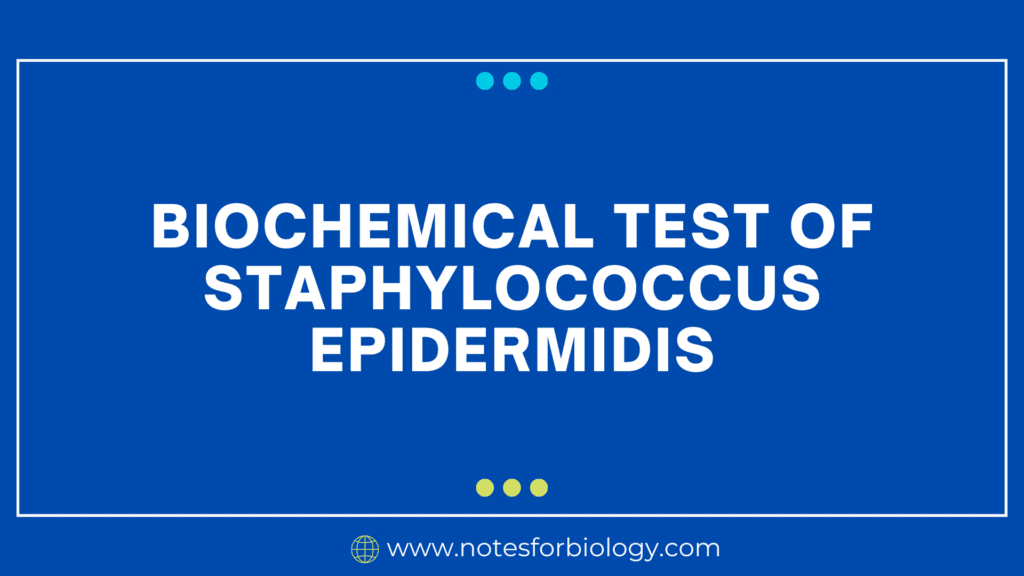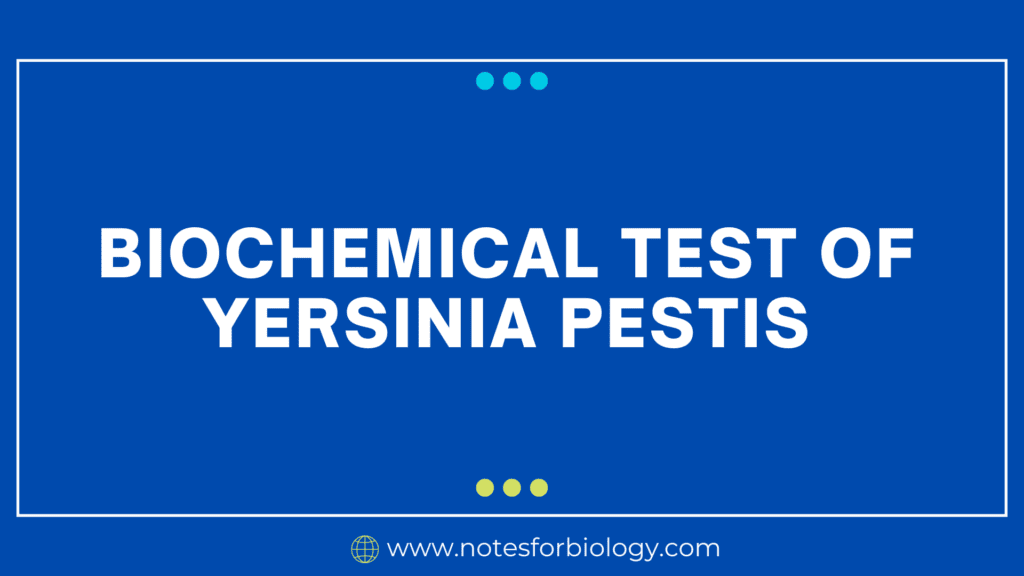Bioinformatics Databases, Software, and Tools with Uses
Bioinformatics is a multidisciplinary field that combines biology, computer science, and information technology to analyze and interpret biological data .In order to analyze and understand biological data, the multidisciplinary area of bioinformatics combines computer science, biology, and information technology. For a variety of uses, it significantly depends on databases, applications, and software. A new field […]
Bioinformatics Databases, Software, and Tools with Uses Read More »









